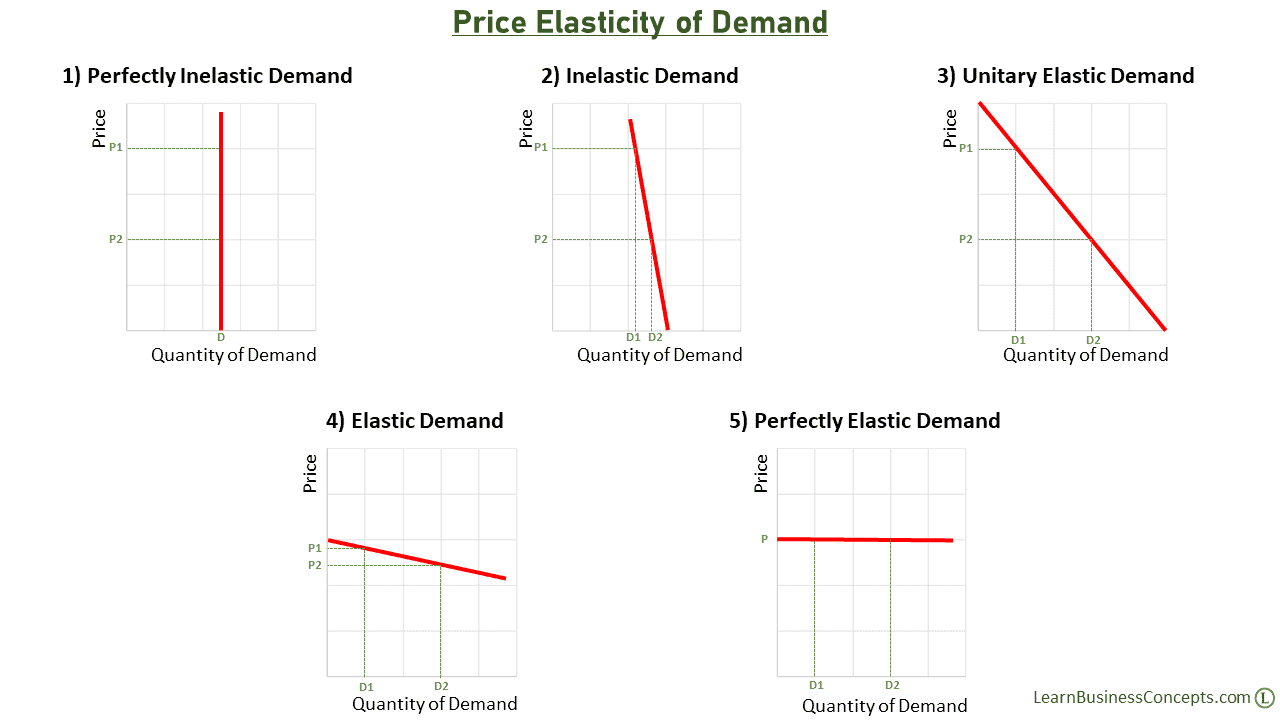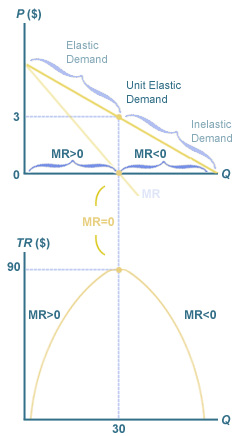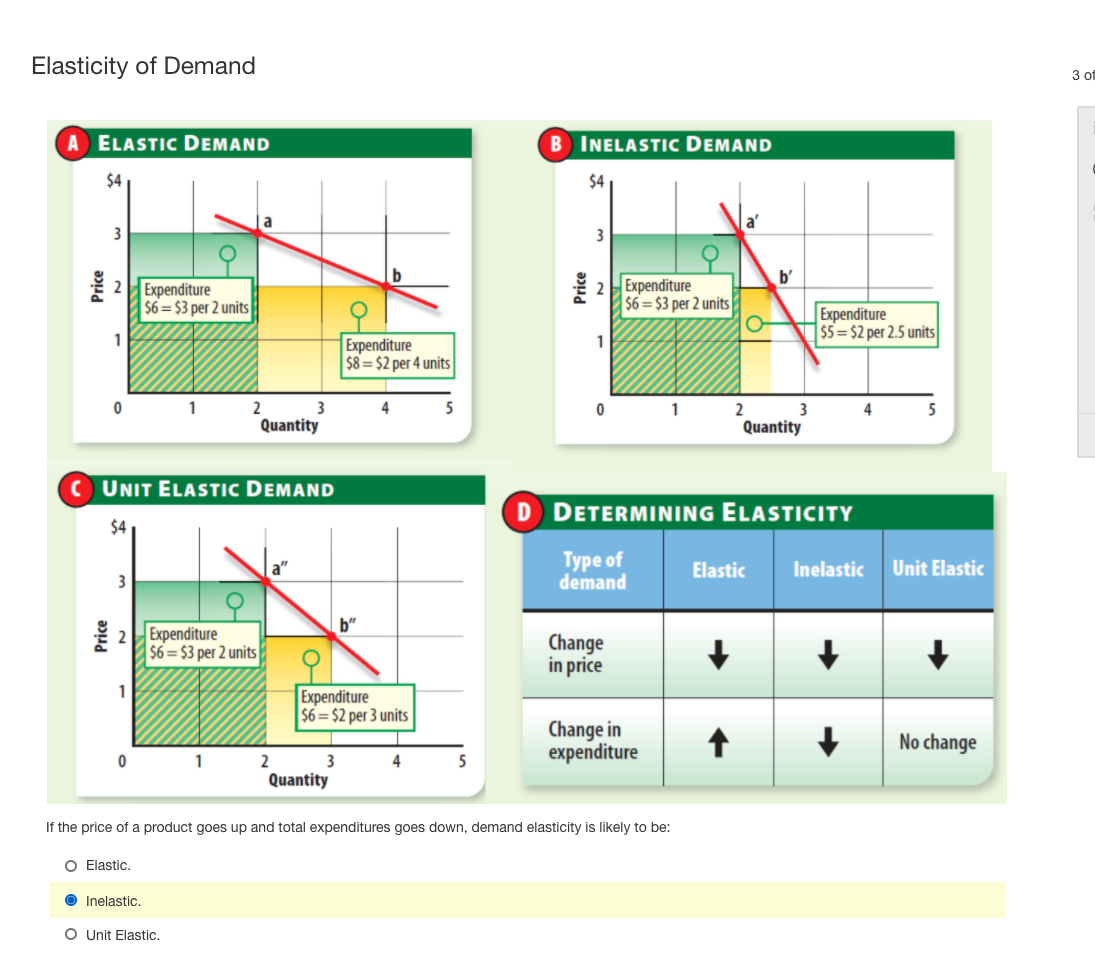A good’s price elasticity of demand (, PED) is a measure of how sensitive the quantity demanded is to its price.When the price rises, quantity demanded falls for almost any good, but it falls more for some than for others. The price elasticity gives the percentage change in quantity demanded when there is a one percent increase in price, holding everything else constant.
Price Elasticity Stock Illustrations – 55 Price Elasticity Stock Illustrations, Vectors & Clipart – Dreamstime
The price elasticity of demand (PED) is a measure that captures the responsiveness of a good’s quantity demanded to a change in its price. More specifically, it is the percentage change in quantity demanded in response to a one percent change in price when all other determinants of demand are held constant. The formula for the coefficient of

Source Image: medium.com
Download Image
Transcript. Learn about the price elasticity of demand, a concept measuring how sensitive quantity is to price changes. Elasticity is calculated as percent change in quantity divided by percent change in price. Elastic situations have elasticity greater than 1, while inelastic situations have elasticity less than 1.

Source Image: pinterest.com
Download Image
Elastic Demand Stock Illustrations – 35 Elastic Demand Stock Illustrations, Vectors & Clipart – Dreamstime
Price elasticity of demand (PED) measures the change in the demand for a product or service in response to a change in its price. With most goods, an increase in price leads to a decrease in demand – and a decrease in price leads to an increase in demand.

Source Image: in.pinterest.com
Download Image
The Price Elasticity Of Demand Measures The:
Price elasticity of demand (PED) measures the change in the demand for a product or service in response to a change in its price. With most goods, an increase in price leads to a decrease in demand – and a decrease in price leads to an increase in demand.
Therefore, the elasticity of demand between these two points is 6.9% -15.4% 6.9% -15.4% which is 0.45, an amount smaller than one, showing that the demand is inelastic in this interval. Price elasticities of demand are always negative since price and quantity demanded always move in opposite directions (on the demand curve). By convention, we always talk about price elasticities of demand
INCOME ELASTICITY OF DEMAND | Income
The price elasticity of demand is the ratio of the percentage change in quantity to the percentage change in price. As we will see, when computing elasticity at different points on a linear demand curve, the slope is constant—that is, it does not change—but the value for elasticity will change. Computing the Price Elasticity of Demand
Price elasticity of demand | PPT

Source Image: slideshare.net
Download Image
Segment 3: Pricing in Mass Markets
The price elasticity of demand is the ratio of the percentage change in quantity to the percentage change in price. As we will see, when computing elasticity at different points on a linear demand curve, the slope is constant—that is, it does not change—but the value for elasticity will change. Computing the Price Elasticity of Demand

Source Image: kwanghui.com
Download Image
Price Elasticity Stock Illustrations – 55 Price Elasticity Stock Illustrations, Vectors & Clipart – Dreamstime
A good’s price elasticity of demand (, PED) is a measure of how sensitive the quantity demanded is to its price.When the price rises, quantity demanded falls for almost any good, but it falls more for some than for others. The price elasticity gives the percentage change in quantity demanded when there is a one percent increase in price, holding everything else constant.

Source Image: dreamstime.com
Download Image
Elastic Demand Stock Illustrations – 35 Elastic Demand Stock Illustrations, Vectors & Clipart – Dreamstime
Transcript. Learn about the price elasticity of demand, a concept measuring how sensitive quantity is to price changes. Elasticity is calculated as percent change in quantity divided by percent change in price. Elastic situations have elasticity greater than 1, while inelastic situations have elasticity less than 1.
Source Image: dreamstime.com
Download Image
How to measure tradeoffs in your go-to-market offers – Mather Economics
Definition: Price elasticity of demand (PED) measures the responsiveness of demand after a change in price. Example of PED If price increases by 10% and demand for CDs fell by 20% Then PED = -20/10 = -2.0 If the price of petrol increased from 130p to 140p and demand fell from 10,000 units to 9,900 % change in Q.D = (-100/10,000) *100 = – 1%

Source Image: mathereconomics.com
Download Image
Solved Elasticity of Demand To determine Demand Elasticity | Chegg.com
Price elasticity of demand (PED) measures the change in the demand for a product or service in response to a change in its price. With most goods, an increase in price leads to a decrease in demand – and a decrease in price leads to an increase in demand.

Source Image: chegg.com
Download Image
Solved Price elasticity of demand is a measure used in | Chegg.com
Therefore, the elasticity of demand between these two points is 6.9% -15.4% 6.9% -15.4% which is 0.45, an amount smaller than one, showing that the demand is inelastic in this interval. Price elasticities of demand are always negative since price and quantity demanded always move in opposite directions (on the demand curve). By convention, we always talk about price elasticities of demand

Source Image: chegg.com
Download Image
Segment 3: Pricing in Mass Markets
Solved Price elasticity of demand is a measure used in | Chegg.com
The price elasticity of demand (PED) is a measure that captures the responsiveness of a good’s quantity demanded to a change in its price. More specifically, it is the percentage change in quantity demanded in response to a one percent change in price when all other determinants of demand are held constant. The formula for the coefficient of
Elastic Demand Stock Illustrations – 35 Elastic Demand Stock Illustrations, Vectors & Clipart – Dreamstime Solved Elasticity of Demand To determine Demand Elasticity | Chegg.com
Definition: Price elasticity of demand (PED) measures the responsiveness of demand after a change in price. Example of PED If price increases by 10% and demand for CDs fell by 20% Then PED = -20/10 = -2.0 If the price of petrol increased from 130p to 140p and demand fell from 10,000 units to 9,900 % change in Q.D = (-100/10,000) *100 = – 1%